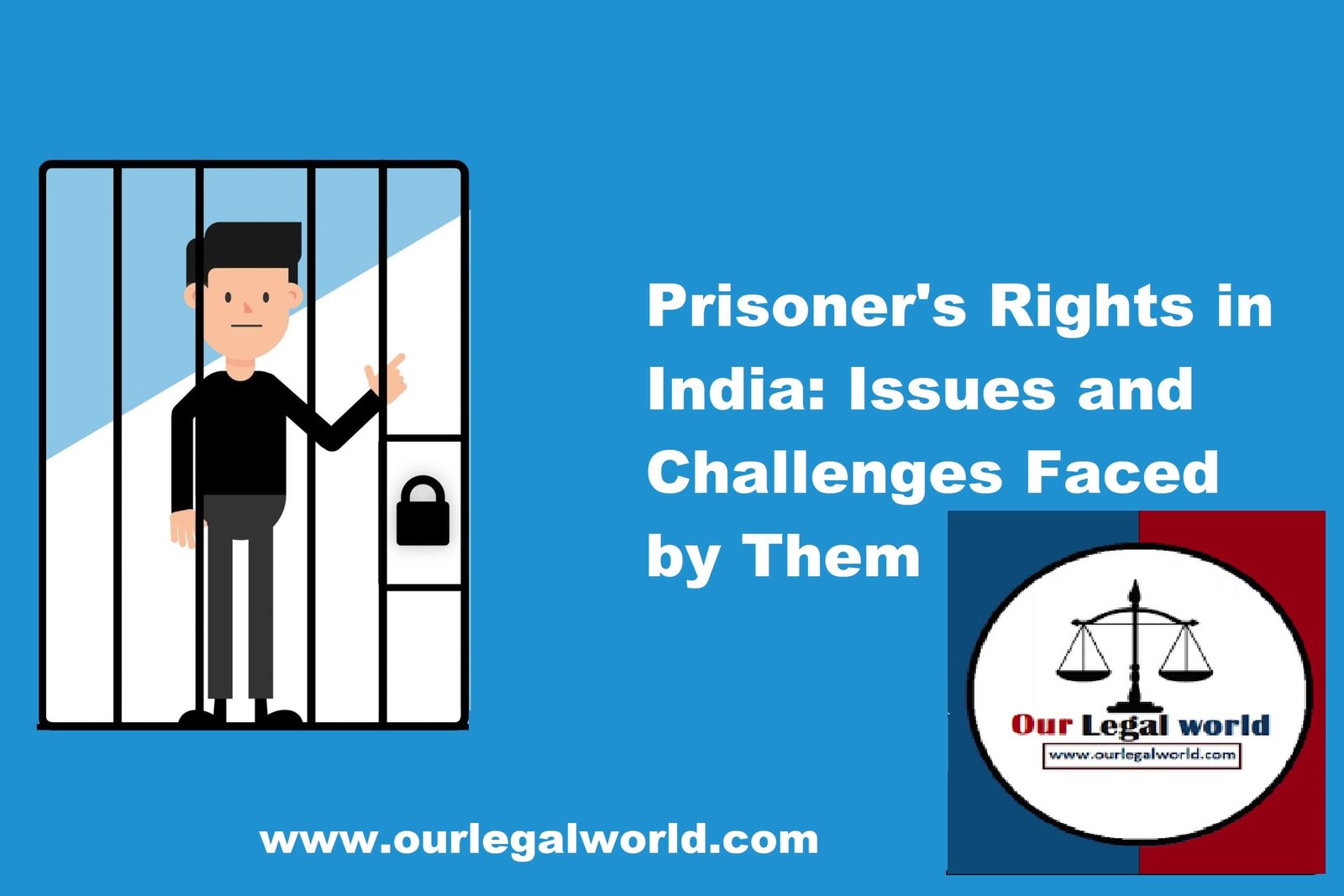Growth of Digital Economy- A challenges to Competition Law
Introduction
Competition Law policy is a public policy which is aimed at ensuring that competition in the marketplace is not restricted in any manner that is detrimental to the society. The most significant goal of competition policy is to shield society from harmful competitive behaviour.
The world of high technology companies is seen as a dynamic area with a rapid pace of creative destruction. There is, however, a class of industries where there are strong network effects, where the market tends to collapse into a narrow set of players. After one burst of innovation where a new online business and digital economy is born, there is the possibility of entrenched market power with the extraction of consumer surplus.
Characteristics of the digital economy
Over the past decade we have seen significant changes in how people and businesses connect. Building on the popularity of social networks, enterprises have established their own business networks to connect suppliers, customers, and internal systems. Globalization , Digital system, Speed (need for real-time transactions), Innovation, New Business models, High Rate of obsolescence, New opportunities, New type of fraud and crime, wars are going cyber, Digitized organizations etc.
Digital Market and Competition Problems
The dynamic growth of the digital markets has resulted into competition problems. These arise specifically in certain areas such as digital monopolies., tax planning, problems with patent etc. Service providers and content developers have myriad options for delivering content or services to end-users, who experience it through different electronic mediums such as phone, TV, social media etc. Once digital companies acquire dominant position, they end up creating a dead lock for users at both ends of the platform and make their intervention indispensable.
Pre-emptive mergers are an indication of the same. In this model a merger is made by
acquiring a smaller company, so that potential competition that can pose harm to the company’s business model can be thwarted. This set of multiple exclusive agreements are potentially problematic because they hamper competition and innovation.[1]
acquiring a smaller company, so that potential competition that can pose harm to the company’s business model can be thwarted. This set of multiple exclusive agreements are potentially problematic because they hamper competition and innovation.[1]
However, it is difficult to make a distinction between anti-competitive motives and normal business strategies in digital commodities as it largely involves future markets. Anti-competitive behaviour refers to rival interactions that are not based on the merits but on collusion or foreclosure and impose harm to competitors and consumers.
Challenges in India
The Indian competition scenario is evolving rapidly and has stared facing these concerns. Apart from acquisition, another way to establish market power is to entice users by subsidizing their goods with the help of their financial capital. This strategy is particularly more attractive for big firms having access to larger financial capital, who resort to practices like deep discounting, cash-back offers and other schemes designed to attract new users
and establish the network effect.[2] Sometimes, they sustain heavy losses for years on end. Companies such as Uber, Ola and PayTM have adopted this strategy.[3]
and establish the network effect.[2] Sometimes, they sustain heavy losses for years on end. Companies such as Uber, Ola and PayTM have adopted this strategy.[3]
These practices are now becoming increasingly difficult to be juxtaposed with an introductory offer by a new player, rather they appear to be systematic competitive strategies which are using capital as their competition weapon.
Such issues have come to the attention of the Competition Commission of India (CCI). The CCI, in April 2015, passed a prima facie order which recommended a detailed investigation into the allegation that Ola had indulged into abusive market practices to garner greater market power in Bangalore from substantial funding received from various investors[4].
Apart from this, CCI has setup an in-house panel to understand the practice of cash-back incentive that are offered by various online companies from the point of provisions of predatory pricing under Competition Act, 2002[5]
Apart from this, CCI has setup an in-house panel to understand the practice of cash-back incentive that are offered by various online companies from the point of provisions of predatory pricing under Competition Act, 2002[5]
In situations where there are instances of competition elimination by dominant players in event of acquiring smaller firms, CCI could follow the approach of European Court of Justice (ECJ) and review such agreements under section 4 of the Act[6], which deals with abuse of dominant position. In the Continental Can case[7], the ECJ was of the view that Article 102 of the TFEU, which is similar to Section 4 of the Act, can be used to regulate practices of dominant entities acquiring competitors and thus abusing the prerogative of their position. The way to determine this is, if the position of the undertaking in the market is
very prominent and acquisitions can have potential to curb consumers’ freedom of action in the market, then irrespective of any fault of the such undertaking, the action would qualify as abuse of dominant power.
very prominent and acquisitions can have potential to curb consumers’ freedom of action in the market, then irrespective of any fault of the such undertaking, the action would qualify as abuse of dominant power.
Further, while examining the practices of big companies with considerable capital, who eliminate their competitors by luring customers through their practice of below-cost pricing as introductory offers, CCI should give due regard to the economic principles that form rationale of these businesses and the impact their practices are going to give in the long run. This would include focusing not just on market share of these firms but the overall scenario such as status of funding of the industry, whether the primary goal is expansion and existence of incentives for the firm. CCI should also analyse the investment pattern of the firms who invest in these companies that expands their capital pool.
CCI should adopt methods that facilitate interoperability between dominant payers that could indulge in anti-competitive practices with other players in the market[8]. This would facilitate access. For instance, if an interoperability requirement is imposed on a dominant payment network, such as PayTM, it will help extend the network effect of this on the whole digital economy, rather than being
limited to a network. But this has to be balanced with other factors such as reasonable access fee, the structure of this arrangement; its complexity and impact on future prospects of innovation.
limited to a network. But this has to be balanced with other factors such as reasonable access fee, the structure of this arrangement; its complexity and impact on future prospects of innovation.
Section 2 of the Sherman Act in the United State recognizes an ‘attempt to monopolies’ as an anti-trust violation[9],
whereas The Competition Act 2002 requires that there has to be conclusive evidence of dominance before any action is taken. A possibility of adopting such practice in India can be considered by CCI, wherein it should be empowered to look into situations wherein the firm is not presently dominant but has systematically been using the benefits of network effects and venturing in the path of dominance. Such a mechanism would enable CCI to implement preventive mechanism from abusive practices but on the other hand may foster a new regime that would deter new entrants from entering the market. This prospective can further be weighed on its merits depending upon the growth of Indian Online sector.
whereas The Competition Act 2002 requires that there has to be conclusive evidence of dominance before any action is taken. A possibility of adopting such practice in India can be considered by CCI, wherein it should be empowered to look into situations wherein the firm is not presently dominant but has systematically been using the benefits of network effects and venturing in the path of dominance. Such a mechanism would enable CCI to implement preventive mechanism from abusive practices but on the other hand may foster a new regime that would deter new entrants from entering the market. This prospective can further be weighed on its merits depending upon the growth of Indian Online sector.
Also Read:I ntellectual Property Law- Nature and Scope
Conclusion
In the fast-changing nature of online businesses, there are concerns that the time taken by detailed investigation would delay the process of determination of violation and taking of subsequent steps to prevent it. CCI needs to work towards adopting stricter time frames for the disposal of cases, particularly those relating to firms forming part of the digital economy. Also, a voluntary settlement process can be adopted that will allow a business that is under investigation to voluntarily alter its market behaviour, so that detailed process of investigation is avoided. The authorities must follow a future-oriented approach because of the central role that potential competition law plays in the process. In practice, this means following an approach that is cautious and relies on power of self-correction of digital markets. There should be greater involvement of external IT experts that can understand the business model of the companies better, so that they can be regulated more efficiently and authorize can understand the future trends better.
-
[1]Greenhalgh C, Rogers M, ‘ Innovation, Intellectual Property and Economic
Growth.’ (2010) Princeton University Press -
[2] C Graham, F Smith (eds.), “Competition, Regulation and the New Economy,”(2014) p. 17 to 53. Hart Publishing
-
(http://www.nipfp.org.in/media/medialibrary/2017/04/WP_2017_194.pdf)
-
[4] Fast Track Call Cab Private Limited v ANI Technologies Pvt.LimiitedCase No. 6 of 2015, Order dated 3 September 2015
-
[5] Smriti Parsheera, Ajay Shah and Avirup Bose (n 9)
-
[6] Section 4, The Competition Act 20012
-
[7] Europeamballage Corporation and
Continental Can Co Inc v. Commission [1973] ECR 215 -
[8]Farrel J, Katz ML, ‘The Effects of Antitrust and Intellectual Property Law on Compatibility and Innovation.’ (1998) Antitrust Bulletin, Fall-Winter
- Competition Law Richard Whish









